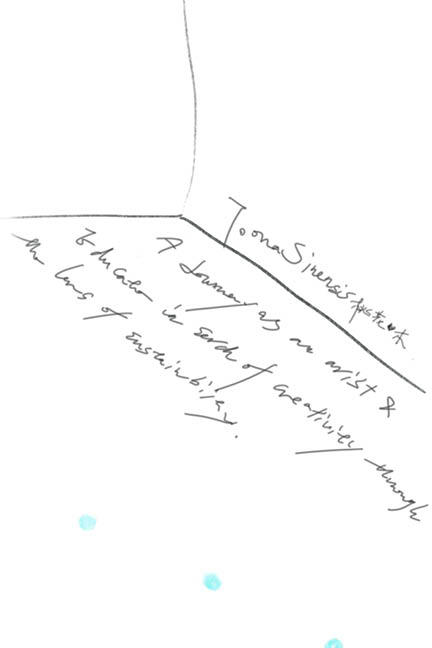Li Yang
Toona Sinensis 桃花心木
This thesis is my journey as an artist and art educator in search of creativity through the lens of sustainability, which may reveal the existence of questions one wonders about but does not provide a specific answer or solution to this within a limited time frame. Through this inquiry, questions are repeatedly asked: What is the definition of art? If art and education have a tremendous impact on human thought and perception, do they point people in the right direction when confronted with global issues such as cultural and natural sustainability? If so, what is the essential difference between art and education? As a way to explore these questions, this thesis analyzes the artworks of two artists, Maya Lin and Christian Boltanski, as case studies. It also offers an insight into interviews with people who have received or are enrolled in art classes in higher education about their definition of art and their understanding and review of creativity during their art education. It then responds to an analysis of the question of whether art should be educational. This thesis concludes that the common denominator and essence of art and education is the power of inclusion to set the human mind free and to grow the capacity for inquiry through practice in literature, poetry, and art without limitations. Understanding is not a process of seeking direct answers, but sought through the process of creative moments. Stimulating and encouraging alternative thinking is a creative approach.
Image

- Architecture
- Ceramics
- Design Engineering
- Digital + Media
- Furniture Design
- Global Arts and Cultures
- Glass
- Graphic Design
- Industrial Design
- Interior Architecture
- Jewelry + Metalsmithing
- Landscape Architecture
- Nature-Culture-Sustainability Studies
- Painting
- Photography
- Printmaking
- Sculpture
- TLAD
- Textiles
